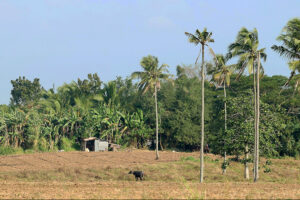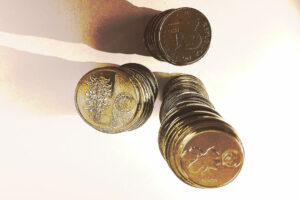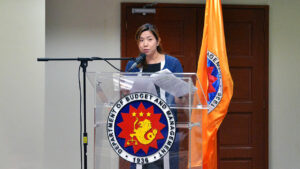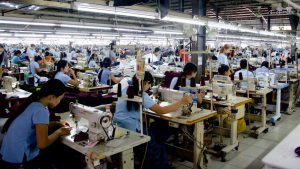THE WORLD BANK is seeking to fund more Philippine projects that seek to bolster productivity in the agriculture sector amid rising prices of food.
“The World Bank is very supportive of agriculture and agricultural productivity in the Philippines,” Ndiamé Diop, World Bank Country Director for Brunei, Malaysia, Philippines and Thailand, told BusinessWorld on the sidelines of a forum last week.
“For us, agricultural productivity in the medium-to-long term is one of the key ways in which you can reduce food price, a key driver of overall inflation,” he said.
Headline inflation quickened to a six-month high of 3.9% in May amid rising utility and transport prices. It was the fourth straight month of faster annual inflation.
The Philippine central bank has said that the latest inflation data were consistent with its expectations that inflation could quicken through July due to the impact on El Niño on agricultural output.
“We’ve been supporting agriculture for four years, and our support has continued to be strong,” Mr. Diop said.
In November last year, the Department of Agriculture launched three World Bank-funded projects worth a combined $920 million to make the agriculture and fisheries sector more resilient to climate shocks.
These projects include the Philippine Rural Development Project Scale Up, Mindanao Inclusive Agriculture Development Project, and the Philippine Fisheries and Coastal Resiliency Project.
Mr. Diop said the World Bank is also seeking to fund projects that would plug existing gaps in education and digital infrastructure.
“This year, we do have projects in many areas. Education is one area we are supporting this year,” he said. “We are helping to rebuild schools — we call [the project] Safer School Rebuilding.”
The $500-million Infrastructure for Safer and Resilient Schools project will address the physical rehabilitation needs and boost the resilience of disaster-affected schools in the Philippines. The project is expected to cover over 3,000 schools around the country.
The Philippines is one of the most disaster-prone countries in the world. From 2021 to 2023, there were 3,484 school facilities affected by disasters nationwide, data from the Department of Education showed.
“We are [also] helping the digital sector by reducing the digital divide in the Philippines, bringing the fiber optic to the lagging regions to help those regions have better internet connectivity,” Mr. Diop said.
Only 33% of Filipino households have access to fixed internet connection, and 70% of the entire population subscribed to an active mobile broadband, according to a separate World Bank study.
For this year, the World Bank is also funding initiatives on sustainable recovery and climate change, Mr. Diop added.
“Almost every year, we’re supporting policy reforms in many areas, but also in sustainable recovery and climate change. So, all of those are projects we are preparing for and developing this year,” he said.
The World Bank was the country’s third-largest source of official development assistance in 2022, accounting for 21.18% or $6.86 billion of total loans. — B.M.D.Cruz





